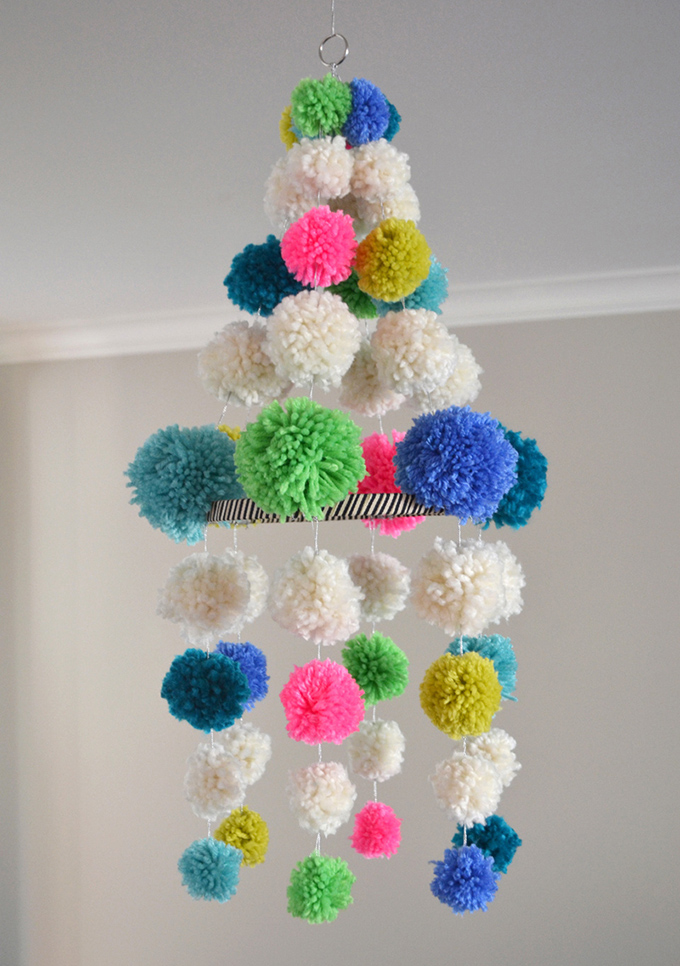

Recently I wrote a post about the advisability of showing your work in a “vanity” gallery. This post has already received a lot of attention, comments, and questions. I appreciate the input from the community and the willingness to share personal insight from past experiences.
In the comments, it became clear that there is some confusion, or at least a blurry understanding, of the difference between a pay-for-display (“vanity”) gallery and cooperative galleries. I feel it would be a good idea to continue the conversation by expanding it to cover this second type of gallery.
Let’s begin our conversation about co-op galleries with some definitions. As I said, there was some confusion about the difference between “vanity” galleries and co-op galleries. It’s easy to see how the confusion could arise because both of these types of galleries charge some kind of fee or due in order for artists to display their work. A “vanity” gallery, however, is typically a private, for-profit operation that derives a significant portion of its total revenue from the ongoing fees paid by artists to display their works. In essence, the gallery charges a kind of rental fee for the space where an artist will display his or her work.
A co-op gallery also charges for participation and display of work, but typically this charge is a membership fee, rather than a rental fee. The co-op gallery is typically (and I say “typically” because there are many different models for cooperative galleries) a group of artists who have come together to provide a venue where they can jointly display and sell artwork. Sometimes the group of artists will be part of a formally organized community art group or art guild. Other times the artists will have organized themselves around the gallery itself.
Because the co-op gallery is self-organized, members are often required not only to supply artwork to the gallery but also to work in the gallery on a regular basis. Member-artists will man the sales floor and handle the business operations of the gallery.
Depending on the location of the gallery and gallery overhead, the fees to participate in a co-op gallery are usually moderate, significantly lower than a fee-for-representation gallery.
Most major cities and many smaller cities and towns will have a co-op gallery. In some areas that can’t sustain a commercial art gallery, a co-op gallery may be the only fine art venue available to the community.
So, is it worthwhile for an artist to show in a co-op gallery?
In many ways, the same considerations I mentioned in last week’s post on “vanity” galleries apply to this question. There are additional considerations as well. Let’s look at the advantages first.
- Co-op galleries can provide a great way for artists who are early in their careers to get exposure. Because a co-op gallery is based on membership and community rather than purely profit, it’s often the case that artists who may not have enough experience, or who are still developing style and quality, can show in a co-op gallery when they might not find representation in a commercial gallery.
- The opportunity to work in the gallery and get sales experience is a great chance to learn the sales side of the business. I’ve always found it advantageous to work with an artist who understands this side of the business. Artists who have worked in co-op galleries understand not only the sales side of the gallery business, they often also have experience with the logistics of operating a gallery. This kind of experience will help you build a better business as an artist because you will better understand what buyers and galleries need.
- A co-op gallery can provide a sense of community. You will get to know and work with other members of the co-op and will thus create a network of artists in your community. These artists can help you when you have questions for face challenges in your career.
- Well-established co-op galleries can actually be quite good at selling work in the community. While I’ve never met an artist who built their long-term success solely on their sales from co-op galleries, I’ve met many artists who supplement their income with steady sales from a co-op gallery.
- Because co-op galleries give a venue to a wide range of artists, the consistency of work in a co-op gallery can be hit-and-miss. You may be showing your work with some of the top artists in your area, as well as with artists who are just beginning to create. This inconsistency can be a hamper to sales for the gallery.
- A co-op gallery has incentive to show work by a large number of artists. The more members, the greater the dues that can be collected to offset costs. The gallery also then has motivation to show as much work as possible by as many artists as possible, and this can dilute attention for any individual artist. This can also lead to a cluttered appearance in the gallery.
- For many artists, the prospect of working in the gallery on a regular basis is a negative, rather than a positive. Volunteering in the gallery takes you away from your studio and from creating. Some artists don’t like the prospect of having to talk to buyers and haven’t yet developed sales skills.
- Related to the last one, because the sales staff is constantly rotating, buyers at a co-op gallery may not get the service and consistent follow-up necessary to generate strong sales.
- I’ve heard of co-op galleries that have been destroyed by the politics of having a large group of artists come together to try to sell their art. Egos can get bruised and feelings hurt. Artists are often left wondering why they have less work on display than other members. Some artists have . . . difficult personalities.
If you are considering showing in a co-op gallery, I would encourage you to do the same research prior to applying that I recommended for “vanity” galleries. Call several of the artists who are showing with the gallery and ask them if they feel it is worth the effort. Set definitive benchmarks to gauge the success of your relationship with the gallery, and don’t be afraid to leave the relationship if your needs are not being met.
Finally, take the opportunity to engage with the other artists who are members of the gallery. When I speak to artists who are happily engaged in cooperative representation, I hear repeatedly how valuable they find the sense of community in the gallery. For some artists, this is as valuable as the sales and exposure. If there are calls for volunteers, volunteer. Attend receptions for as many of your fellow artists as possible. Encourage your collectors to visit the gallery and participate in events.
Now you’ve heard what I think of co-op galleries, but I’ve never shown my art in one. If you have (or are currently) showing your work in a co-op gallery, I would love to hear your opinion of the experience. Is it worth the effort? Do co-op galleries sell art? What are the challenges you found?
If you find the posts and discussions on reddotblog.com helpful, would you please share them with your social media contacts or post a link on your blog? The wider the audience the posts reach, the better the discussion. Thank you!


